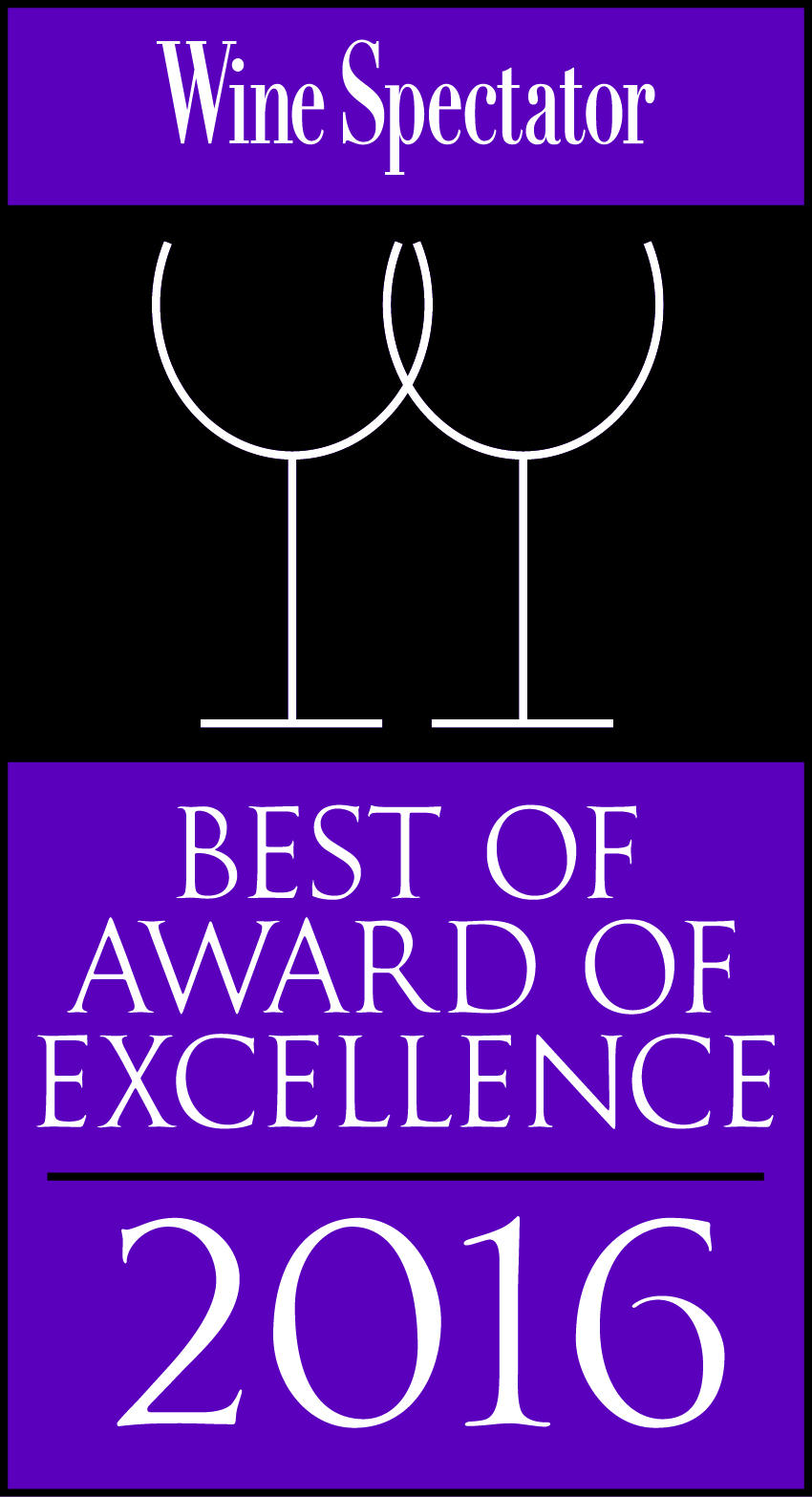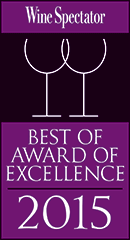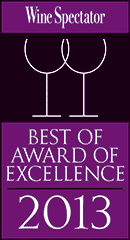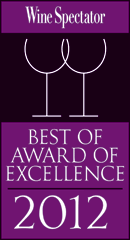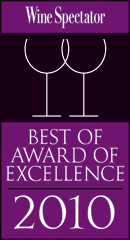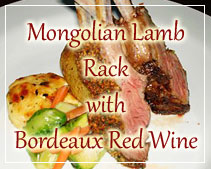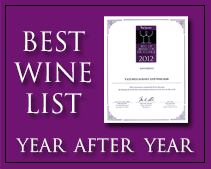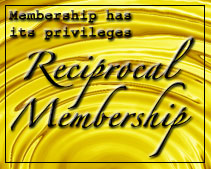A guide to German Wines
Date: January 11, 2011
About Wines from Germany
Best wine supplier in Philippines discusses wine related topics
To kick off this guide to the wines of Germany, we have to start with a little history. During the 18th and 19th centuries, the wines of Germany were as highly sought after as any of those from the great regions of France, and prices reflected this fact; the top wines were expensive, considerably more so than those from Bordeaux. Today, however, German wine does not enjoy such an exalted reputation. Vine diseases, economic depression, war and the subsequent occupation of prime vineyards – the Saar was under French rule until 1956 – all took their toll. During the latter 20th Century the German wine industry was in tatters; demand had fallen, and prices had collapsed. From the ruins a phoenix arose, and it was christened Liebfraumilch.
Liebfraumilch is not a wine that you will find in Germany, yet this is her biggest export, with millions of bottles of the Milk of Our Lady finding their way into the UK and US markets. The name probably derives from the Liebfrauenkirche (Church of our Lady) vineyard near Worms, but obviously no one vineyard can account for the millions of bottles of Liebfraumilch that are now produced every year. Modern Liebfraumilch may originate from vineyards anywhere in the Nahe, Rheinhessen, Rheingau or Pfalz; this is a very modern, multi-regional, industrial brand, usually based on Müller-Thurgau rather than grape varieties of quality, which in Germany predominantly (although not exclusively) means Riesling. It is obvious therefore that the wine has no true sense of place, and in the opinion of those fortunate enough to have tasted such treasures, it bears no resemblance to the truly great single-estate wines that dominated the trade in previous centuries, and it certainly gives no inkling of the quality wines produced by Germany’s great estates today. Perhaps Liebfraumilch is more of a city-dwelling pigeon than a phoenix?
As a consequence Germany is regarded by many of today’s wine drinkers as nothing more than a source of cheap, sweet, unchallenging but at least consistent wines sold under names which include Liebfraumilch, but also Niersteiner Gutes Domtal, Piesporter Michelsberg and a few infamous brands. But the great estates that dominated two centuries ago are still there, striving away in the background, turning out what many would argue are the world’s greatest white wines, and there a few signs that they are once again in the ascendant. Interest in the wines of Germany seems to be picking up, fuelled by a burgeoning interest in wine worldwide, a broader realisation of the quality of the wines and how well they match current tastes in cuisine, a string of successful vintages (there hasn’t been a really awful one for well over a decade) and, despite all this, continued good value. Although there is the ever present possibility that prices may rise, for the time being they remain very favourable, dragged down by Germany’s overall image and reputation.
German vineyard mapThis guide provides a fairly detailed study of the wines of Germany, concentrating on those of good quality rather than bad, and the bulk of the guide is formed by the regional synopses. This is deservedly so; Riesling, which dominates the finest sites and is the face of quality German wine, is a very efficient translator of terroir, and it seems appropriate that we should give due attention to the vineyards that yield the greatest wines. Most of these are concentrated around the river system in the west of Germany near the border with France, the confluence of the Mosel and the Rhine, fed by their tributaries the Saar, Ruwer and Nahe, and so this guide concentrates on these regions. Over centuries the frequently precipitous slopes along the great rivers have been cultivated and categorised, forming an elegant patchwork of sites rather similar to that found in Burgundy. By the mid-20th Century there were over 30000 individual vineyards in Germany. Some, through the innate quality of their wines, have acquired illustrious reputations, and a knowledge of these vineyards, and the wine estates that own the vines, is core to tracking down the best that Germany has to offer.
This vineyard heritage should endow the German wine label with the ability to inform the purchaser of the exact origin of the wine in question, in the same way that bottles of Grand Cru Brand or Griottes-Chambertin precisely describe their origins. But in the past forty years much of this heritage has been discarded, the majority of those 30 000 sites blurred, blended and lost, as senseless and tragic an act as could ever be imagined. It is not just the dominance of sugary, watery wine brands that have ruined the reputation of German wine, but also the passing of a sequence of badly conceived wine laws which have only served to confuse and maybe even deceive the consumer. It is for this very reason that I begin my guide not with any of Germany’s wine regions, but with some of the controversy and blasted detail which beleaguers the German wine industry, in my account of the German wine laws and some of the many facets of the German vineyard classification systems.
SOURCE: http://www.thewinedoctor.com/regionalguides/germany.shtml
Are these articles useful for enhancing your wine and dine experience in the Philippines. Do they also help you with travel, leisure, vacation, dining out, nightlife and other leisure activities plans in Manila and other major cities of Philippines? Yats Restaurant hopes to provide you with ample information so you can plan your trips to Pampanga Angeles City Clark Freeport Zone whether you are travelling from Manila or other Asian countries such as Hong Kong, Shanghai, Singapore, Malaysia or Korea.
Restaurant reservations in Manila Philippines, planning of menu, selection of wine for dinner and booking a private function and event in Angeles City Clark Freeport Zone can all be handled. Yats Restaurant and Wine Bar has been regarded by many to be the premier restaurant north of Manila Philippines. Its 3000-line award-winning restaurant wine list has kept many wine lovers happy dining in this restaurant in Angeles City Clark Philippines for over a decade.
Yats Restaurant and Wine Bar was built by Hong Kong-based Yats International in 2000 to provide a world-class cozy fine dining restaurant, business meeting facilities and venues for private dinners and functions in Pampanga Angeles City Clark Freeport Zone. Pampanga Angeles City Clark Philippines was selected for this restaurant because of safety, clean air, absence of traffic and proximity to Manila and Subic.
For comments, inquiries and reservations, email Restaurant@Yats-International.com or call these numbers:
(045) 599-5600 0922-870-5178 0917-520-4401
Http://www.YatsRestaurant.com
Getting to this fine dining restaurant of Angeles City Clark Freeport Zone Pampanga Philippines
How to get to this fine-dining restaurant in Clark Philippines? Once you get to Clark Freeport, go straight until you hit Mimosa. After you enter Mimosa, stay on the left on Mimosa Drive, go past the Holiday Inn and Yats Restaurant (green top, independent 1-storey structure) is on your left. Just past the Yats Restaurant is the London Pub.
